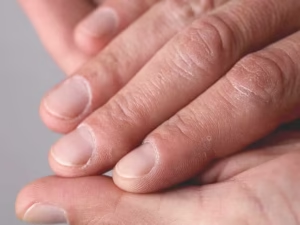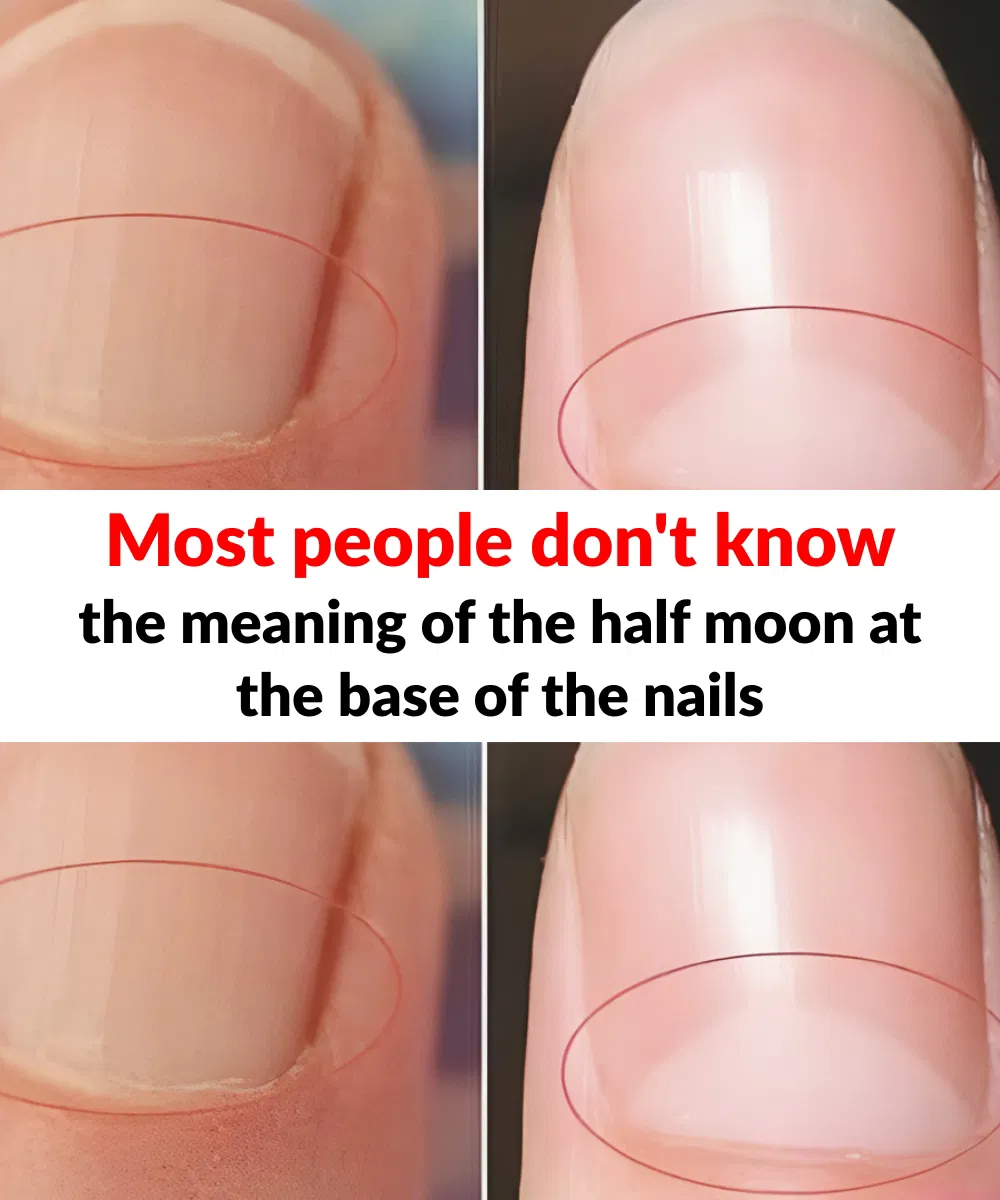We may notice it out of the corner of our eye, without paying any attention. However, the little white crescent form at the base of the nail, known as the lunula, is becoming increasingly intriguing. Is it a discreet reflection of our inner state? Above all, should we be concerned when it disappears or changes appearance? The solution can be summarized in a single word: subtlety.
The lunula is the silent witness to nail growth.
The lunula’s origins are not particularly mysterious. It is merely the visible section of the nail matrix from which the nail grows. It has a white tint. It is caused by a structure that lacks visible blood vessels, in contrast to the pinker rest of the nail bed.
In some persons, it is clearly marked, particularly around the thumbs. In others, it appears virtually absent—a feature that, in most circumstances, is not unusual. It even fades with age or in youngsters, which does not necessarily indicate a health condition. In actuality, the appearance of the lunula varies according on the individual, skin tone, genetics, and, in some cases, ambient light.

So, no, a barely visible lunula is not cause for panic. Rather, its progression over time, or the sudden introduction of abnormalities, can be cause for concern—if you consider the whole picture.
Changes to watch out for, but without overdramatization
If you observe that the lunula is taking up more space than usual—more than a third of the nail—it may be worth paying attention to. Some consider this an indirect indicator of hyperthyroidism, hypertension, or even cardiovascular stress. However, this phenomena must continue to afflict multiple fingers over an extended period of time.
A lunula that seems to vanish entirely? It could indicate persistent weariness, a lack of iron, or a deficiency in vitamin B12. However, be cautious: it’s best not to draw inferences based on a single nail.
Color fluctuations, such as blueish, gray, purplish, or even scarlet, can suggest inadequate blood oxygenation, a medicine reaction, or simply a cold. Artificial lighting or a slightly numb hand can also trick the sight. However, if this unusual color remains, medical attention is necessary.
Next Page

